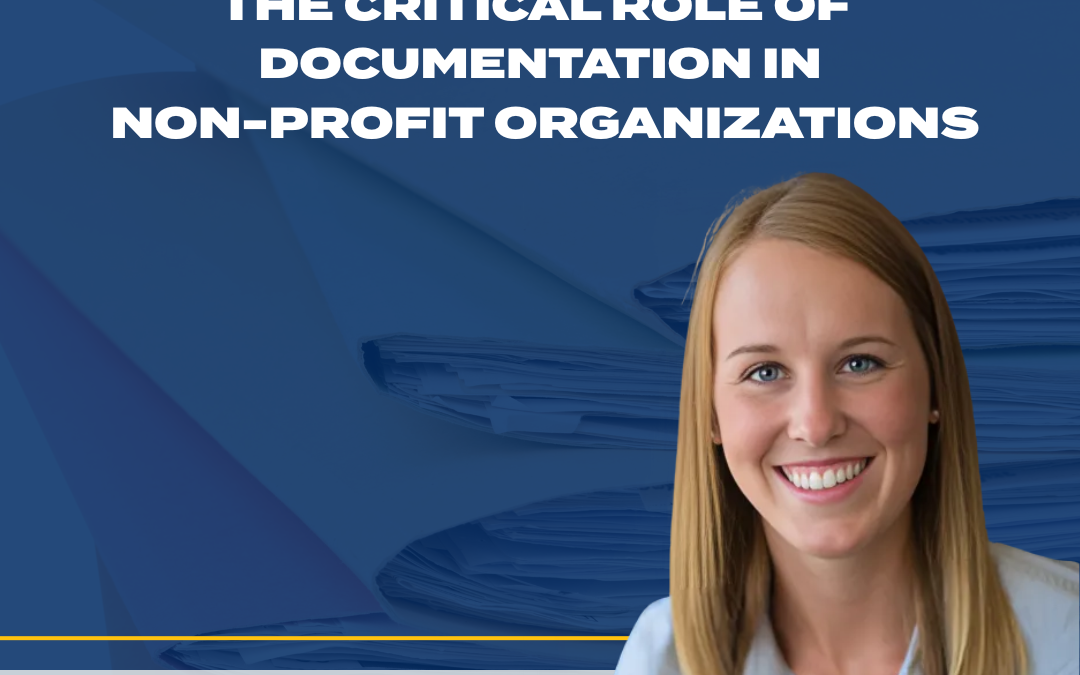A 2014 survey* highlighted a divide between senior executives at nonprofits and the internal candidates who could possibly replace them in the future. For example, 90% of senior executives felt their organization offered its employees formal development opportunities, but only 52% of leadership teams felt similarly. And 71% of leadership team members stated that they were not being developed to become their organization’s next top executive.
Though 92% of senior executives surveyed believed that internally developing leaders was a key part of succession planning, 72% had no formal succession policy for a transition to replace themselves. And almost half of the senior executives would generally recommend that the board hire an external candidate, compared to 28% who would recommend an internal candidate.
Developing Leaders Within the Organization
Succession planning for executive leadership is a major concern for many nonprofit organizations, but a significant part of the solution may lie within the organizations themselves. Providing leadership training to managers can help them develop the skills they would need to advance in the organization and ease the burden of searching for replacements for executive leaders.
The Problem of Turnover
The turnover of nonprofit executive leaders is an ongoing problem. Many senior executives believe their organizations offer development opportunities for their potential replacements, but fewer below them believe those opportunities exist. As a result, many managers leave their organizations prematurely. One study found that internal candidates filled only 30% of nonprofit C-suite (senior-level) positions over a two-year period – about half the rate of such promotions at for-profits.**
Many nonprofits have no formal succession plan for executive leadership, and many believe they need to search elsewhere for executive talent in a shrinking supply of candidates. Without a formal internal development program, however, it is difficult to identify individuals who show the potential to be talented leaders.
Adding to the problem is that the costs to replace executive leaders can be very high. It takes time and money to identify, recruit, and hire external candidates for an executive leadership position. An external hire may take more time trying to understand the culture of the nonprofit than someone who has worked there for several years. The hired choice must also take time to learn existing procedures or implement new ones. And the organization must devote resources to interviewing and hiring instead of raising funds and fulfilling its mission.
Possible Solutions
Nonprofits may want to focus not only on retaining potential executive leaders but also on developing them. Organizations should look for opportunities that will expand employees’ skills and provide coaching, mentoring, and training. When employees are learning new things and feel supported, they may be less inclined to leave because they trust that the organization will continue to invest in them.
This applies to both large and small organizations. Smaller nonprofits may believe that they do not have the resources to develop leaders. But responsibilities stretch over a smaller number of people in these organizations, so the need to develop leaders is perhaps greater, and more opportunities may exist.
For support, boards should devote resources to training and establish staff development as a high priority. Executive managers also need to assume responsibility for developing talent. Steps that organizations can take include:
- Defining future leadership requirements
- Identifying promising internal leaders
- Making challenging assignments, mentoring, and formal training
- Providing reviews/feedback
* Readiness, Reticence, & Reality; Social Sector Leadership & Succession Planning, Waldron and the Evans School of Public Affairs at University of Washington, 2014
** The Nonprofit Sector’s Leadership Deficit, The Bridgespan Group, 2006





